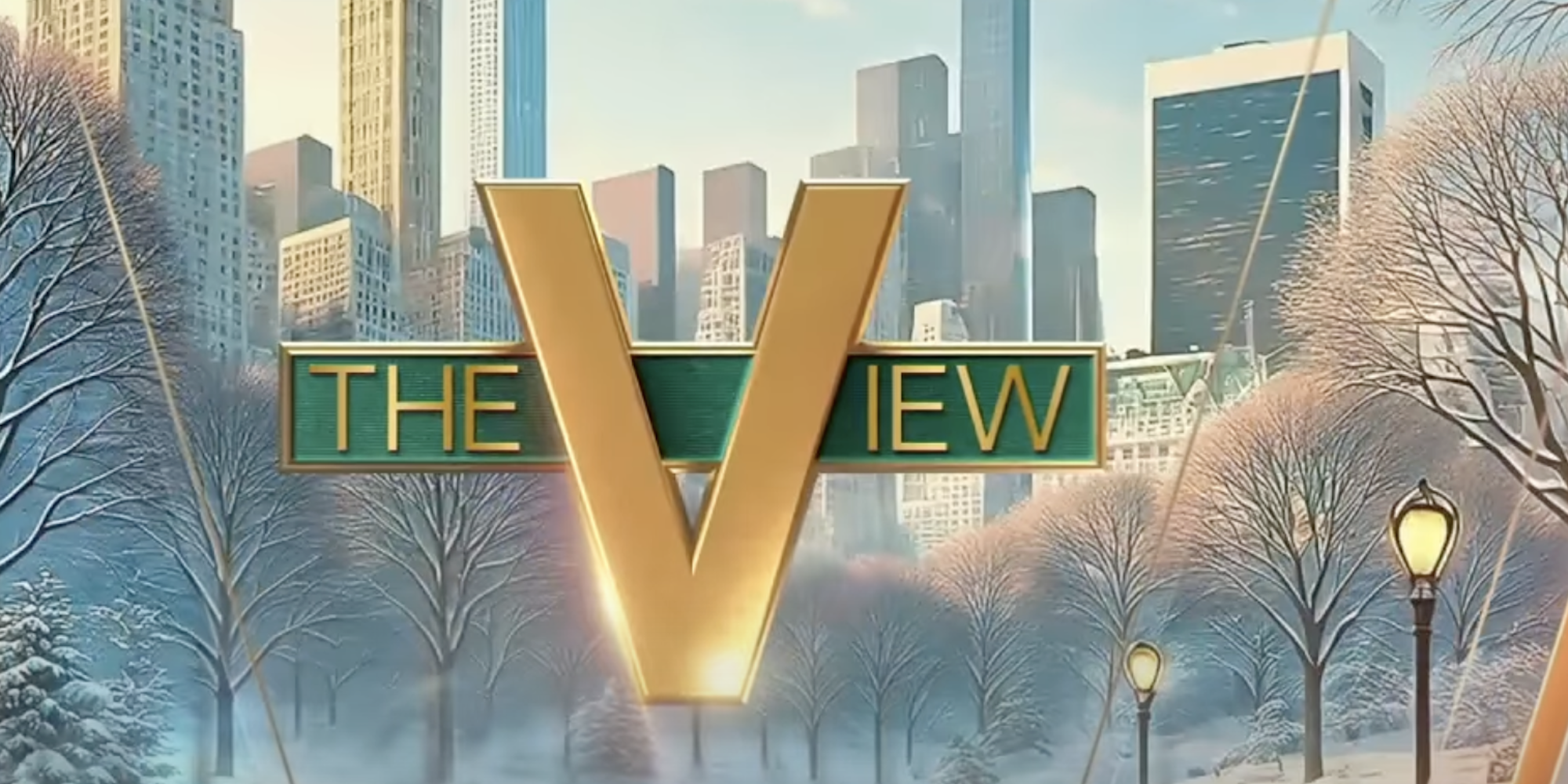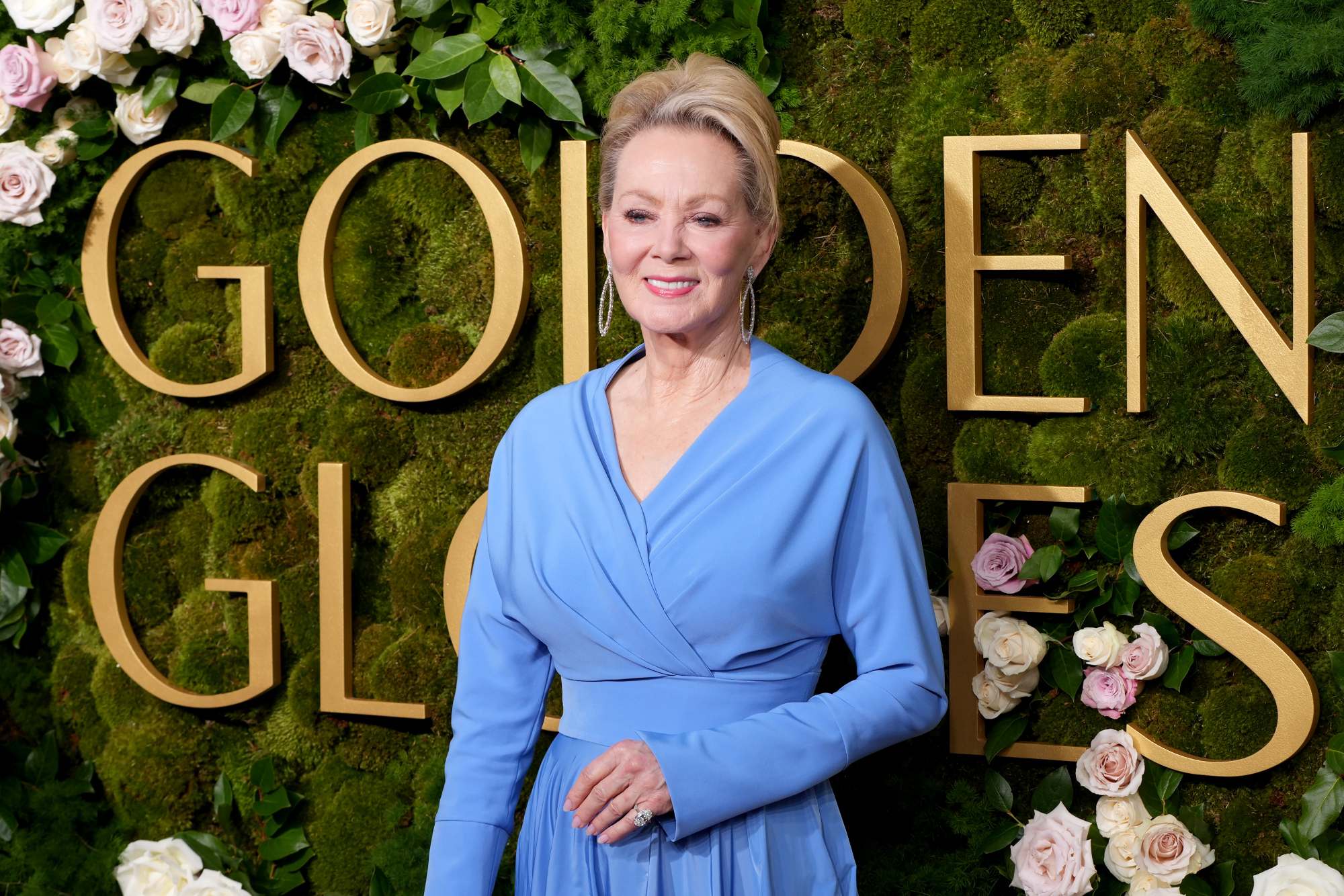Wait, Why Are Texas and California on the Same Side in A24’s ‘Civil War’?
On Wednesday, America was treated (?) to a trailer for Alex Garland’s latest sci-fi (hopefully) film, Civil War. The A24 production, which stars Nick Offerman, Wagner Moura, Cailee Spaeny, and cinema’s first couple, Kirsten Dunst and Jesse Plemons, depicts a not-so-united near-future U.S. in which 19 states have seceded, breakaway republics are advancing on Washington, D.C., and Offerman’s third-term president is ordering air strikes on his fractured country’s soil. The cautionary tale from the writer/director of Ex Machina, Annihilation, and Devs is slated for release on April 26, 2024, just in time for a potentially fabric-of-society-destroying election year. (Synergy!)
Most reactions to the trailer struck a similar tone. “Chilling,” said Entertainment Weekly, GQ, and Mashable. “Scary,” said CBR and Gizmodo. “Shocking,” said People. “Terrifying,” said Dexerto. “Horrifying,” said Dread Central, a source that sounds like an authority on horrifying things.
Let’s add another adjective: “Confusing,” says The Ringer. Sure, a second civil war is conceivable, and yes, that’s quite concerning. But one aspect of the trailer is harder to swallow than the concept of civil war itself: the part where the president refers to “the so-called Western Forces of Texas and California.”
:no_upscale()/cdn.vox-cdn.com/uploads/chorus_asset/file/25164327/Offerman.png)
Texas and California, fighting side-by-side? What in the name of horseshoe theory is happening here? In what scenario would the two almost diametrically politically opposed states, that the L.A. Times just labeled “the liberal bastion on the left coast, and the conservative Southern garrison on the Gulf,” possibly secede together? Have Dodgers fans forgiven the Astros for sign-stealing? Have the Longhorns lain down with the Trojans and admitted that Vince Young’s knee touched the turf? Have lovers of Tex-Mex conceded that Cal-Mex is quite tasty too? “In this land, anything is possible,” Civil War’s tagline states. Apparently so!
Garland is far from the first to envision a future U.S. civil war, but speculative fiction and non-fiction devoted to that topic is more likely to forecast Texas-California conflict than accord. Uneasy coexistence is about the best they ever manage. In Marvel’s Ultimate Comics: The Ultimates, for instance, both states secede, but they form their own nations.
:no_upscale()/cdn.vox-cdn.com/uploads/chorus_asset/file/25164326/Marvel_s_The_Ultimates_14.png)
In his 2022 non-fiction book The Next Civil War: Dispatches from the American Future, Stephen Marche foresees a splintering into four countries: North, South, Texas, and California. “Unlike many other regions searching for independence, California and Texas could work as independent countries,” he writes, citing the global-top-10 GDPs each of the two new nations would boast. Scotland or Quebec, Marche argues, would still be somewhat dependent on outside forces if they excised themselves from the U.K. and Canada, respectively, but “Texas and California share none of those vulnerabilities. California and Texas are the new economy. Both states are donor states: They give more in federal taxes than they receive. Military infrastructure wouldn’t be a problem, either. California hosts the most active-duty personnel, followed closely by Texas.”
Yet Garland doesn’t just picture the most populous states living and letting live; Civil War says they’d be buds. Based on a close look at the trailer, Garland’s Texas and California aren’t even part of a larger separatist bloc. They’re a union unto themselves, though they still retain their individual names and maybe some measure of sovereignty. In one shot, a map on a TV screen reflected in a window shows the old U.S. divided into three (or possibly four) coalitions. The cluster of same-colored southern states likely represents the “Florida Alliance” also referenced in the trailer, but Texas and California constitute their own entity.
:no_upscale()/cdn.vox-cdn.com/uploads/chorus_asset/file/25164328/MapFlipped.png)
Maybe the Western Forces are reduced to two states because, as the president claims, they’ve just suffered “a very great defeat at the hands of the United States military.” If so, though, they’ve recovered quickly enough to design a new flag—which, according to a sound bite later in the trailer, may soon be waving over the White House.
:no_upscale()/cdn.vox-cdn.com/uploads/chorus_asset/file/25164329/Flag.png)
If the rest of Civil War’s dystopian, ripped-from-future-headlines premise seems too close for comfort, maybe this suspension-of-disbelief-puncturing plot point will restore your confidence that it can’t happen here. But it might shake your faith in the film, despite Civil War’s selling points. Garland, Offerman, Spaeny, Stephen McKinley Henderson, and Sonoya Mizuno getting the gang from Devs back together? Dunst and Plemons in their first on-screen team-up since The Power of the Dog? Plemons channeling the “friendly-looking guy with a gun” menace he brought to Todd from Breaking Bad? Garland making what he’s called a “contemporary war movie” on the heels of A24’s reported pivot to “action and big IP projects”? All great reasons that Civil War could succeed. As long as Garland has a satisfying solution to the seemingly implausible puzzle of Texas and California putting their differences aside.
I’m just a Yank who probably couldn’t qualify for Western Forces citizenship even if I found the unlikely alliance’s cause righteous, so maybe I’m missing something. For a cowboy-boots-on-the-ground perspective, I consulted some of The Ringer’s authentic Texans who now live and work in California. Could they imagine their native and adoptive states banding together in battle?
Fort Worth’s own Bryan Curtis, Ringer editor at large, is a Western Forces skeptic. “As far as I can tell, every political campaign in Texas is a subtweet of California,” Curtis says. “Here’s the current governor telling voters, ‘Don’t California my Texas!’ Here’s the same governor expressing disappointment that Texas’s gun sales had been lagging behind its counterpart’s—that California had been Texas-ing itself, you might say. Note that all these campaigns were very successful. The idea of a wartime alliance is as crazy as Dallas and Houston developing a new respect for one another.”
California and Texas topping the gun-sales leaderboard probably bodes well for the Western Forces offensive, but it doesn’t explain how these red and blue bosom buddies got together. Then again, not every Ringer Texifornian rules out a Golden State/Lone Star State collab. “If they build a Buc-ee’s and Whataburger out here in L.A. I’ll fight for whoever!” says Ringer social content coordinator, Dallas native, and prospective soldier of fortune David Lara III.
A PR rep for the film predictably declined to provide additional details about the Western Forces’ formation, so we’re on our own here. Let’s brainstorm some possible explanations for the most mystifying feature of Civil War’s civil war.
This is a ploy to not piss people off
Last year, The Telegraph reported that Civil War “serves as a sci-fi allegory for our currently polarized predicament,” and Garland told the paper that the movie would “wind some people up.” It already has.
Assuming Offerman’s president is abusing his power and not just FDR-ing in response to the crisis—which seems pretty likely in light of the line in the trailer about journalists in D.C. being shot on sight—then he’s probably partly inspired by Donald Trump, another president who’s famously a fan of neither constitutional constraints nor the fourth estate. If the Western Forces are the “good guys,” maybe making them bipartisan is a way of reaching across the theater aisle so as not to limit the movie’s appeal. (Potential secessionists buy tickets too.) Or perhaps the outlandish pairing gives Garland grounds to deny that he’s picking on any particular politician or party. Civil War is sci-fi, so maybe its American electoral map doesn’t mirror ours. After all, this isn’t just a North-South civil war, but an East-West one.
I doubt a conciliatory tactic such as this would work. Trying to tiptoe around getting too political in a movie this explicitly tied to current events seems like a formula for either Call of Duty-style silliness or a “both sides” stance that would water down the movie’s message and anger audiences all over the political spectrum.
I’ll give Garland some credit. Having Texas and California team up and start a new civil war is a brilliant way to make sure your dystopian movie about the rise of American fascism is NOT political. https://t.co/g04VcA4yw9
— Żarówka (@BivouacChillin) December 13, 2023
Garland is British
Maybe he half-assed his research into U.S. politics and nobody told him that Texas and California made extremely strange bedfellows until filming was finished?
OK, that’s about as believable as a Texas-California confederacy. We can rule out this theory. Probably.
Maybe it’s supposed to be funny
Nothing in the trailer or its accompanying marketing copy indicates that Civil War is anything but tense nightmare fuel. But trailers are sometimes misleading. Maybe the movie has more of a darkly comic, satirical tone than this sneak peek suggests? (This is only slightly more credible than the “Garland doesn’t understand demographics” idea.)
Maybe they aren’t actually allies
Maybe one of the states took over the other, or plans to double-cross its supposed compatriot after the war is won. Maybe the “Western Forces” are some sort of false-flag disinformation campaign concocted by the president to justify his power grab. We don’t have the whole picture. That’s why Dunst’s reporter needs to do some digging—and why we need more than two minutes of the movie to resolve this mystery.
Maybe Texas went blue or California went red
For decades, Democrats have anticipated Texas turning blue. It hasn’t happened. Some political commentators fear (or dream of) a red California, which hasn’t happened either. Still, Texas’s urban centers are solidly blue, and large swaths of California lean red. “Outside of the Bay Area and Austin, the politics align more closely than you’d think,” Vice’s Matthew Gault wrote in response to the trailer. Depending on how near a future we’re talking, and what President Swanson did to ignite the country’s political powder keg, the two titans’ political coloring could have converged. Speaking of which …
Maybe they made common cause—and maybe that makes sense
I’ve saved the most convincing answer for last. As ridiculous as a Texas-California political partnership and military merger may sound, in numerous respects the two states are much more alike than they are different. In his 2020 book, Texas vs. California: A History of Their Struggle for the Future of America, Kenneth P. Miller—a Claremont McKenna College government professor and native Californian who’s married to a Texan—lays out all the ways in which the two states’ directions have diverged. Yet on a fundamental level, he notes, the “similarities run so deep” that the two states are akin to “close siblings that became rivals”:
[blockquote]The resemblances are quite striking. Both Texas and California began their careers as provinces of Spain and Mexico; both were settled by westward-moving Americans during the period of Manifest Destiny; and both won statehood within a five-year span … Both have vast land masses … yet are highly urbanized. Both states are located on the borderlands of Mexico and the American Sunbelt. Both have abundant natural resources. Both have attracted waves of immigrants from other states and abroad. And, on several measures, the two states have similar demographics.[/blockquote]
Miller goes on to document the states’ historically “overlapping political preferences.” Texas and California voted for the same presidential ticket in 13 of 16 elections between 1928 and 1988 (six times for Democrats, seven times for Republicans). “For years,” Miller notes, “many citizens of both states voted in a bipartisan way. … Texas and California also used to share the center of the road on policy issues. … Before Texas shifted to the right, its conservatism had a pragmatic streak. … Similarly, before moving left, California maintained a balance of progressive and conservative policy choices.”
Every year, enormous numbers of Texans move to California, and even more Californians move to Texas. Texas has become one of California’s leading tech competitors. And both states have made noise about seceding in recent years, albeit for contrasting reasons. “These two states, they intertwine like strands of DNA,” author Lawrence Wright said in 2018. “They’re opposing each other, but they’re also related to each other, and they’re the poles around which our national politics tend to revolve.”
So maybe it’s not so strange that the two powerhouse states would rediscover shared ground and step up to take down authoritarianism. Maybe they’ve bonded over the national media’s East Coast bias. Maybe they’re both steamed (so to speak) about meddling with water rights in a warming world. Maybe they’re miffed that they have the same measly two senators as every other state, in spite of their massive populations. One prefers big government, and the other small, but neither would gladly tolerate a tyrant.
Toward the end of his book, Miller contemplates the future of the interstate rivalry. “The path forward is always uncertain, and one should be cautious in making predictions about what lies ahead,” he writes. “This caveat is particularly necessary when considering politics, where cataclysms such as war or natural disaster … can change in unexpected ways how large numbers of people live, how they think, and how they vote. Although it seems as if the nation’s partisan polarization is set in concrete, it may not be.”
Garland told The Telegraph that Civil War is “set at an indeterminate point in the future—just far enough ahead for me to add a conceit.” Maybe that conceit is an “enemies to lovers” arc for Texas and California—one that ends with two states from opposite ends of the political spectrum having a heart-to-heart and admitting, “We’re not so different, you and I.” Remember, Rocky IV ended the Cold War with Rocky’s “If I can change, and you can change, everybody can change!” speech. Maybe Civil War can end the “cold civil war”—or stop a hot one from starting.






